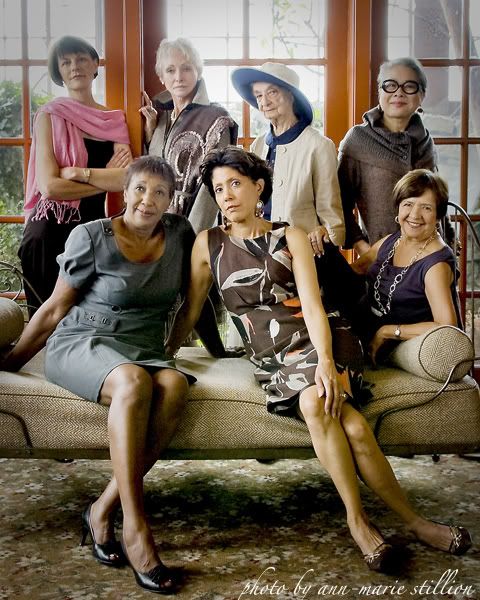1 atggatgtca atccgactct acttttccta aaaattccag cgcaaaatgc cataagcacc
61 acattccctt atactggaga tcctccatac agccatggaa caggaacagg atacaccatg
121 gacacagtaa acagaacaca ccaatactca gaaaagggaa agtggacgac aaacacagag
181 actggtgcac cccagctcaa cccgattgat ggaccactac ctgaggataa tgaaccaagt
241 gggtatgcac aaacagactg tgttctagag gctatggctt tccttgaaga atcccaccca
301 ggaatatttg agaattcatg ccttgaaaca atggaagttg ttcaacaaac aagggtagat
361 aaactaactc aaggtcgcca gacttatgat tggacattaa acagaaatca accggcagca
421 actgcattgg ccaacaccat agaagtcttc agatcgaatg gcctaacagc taatgagtca
481 ggaaggctaa tagatttctt aaaggatgta atggaatcaa tgaacaaaga ggaaatagag
541 ataacaa ccc actttcaaag aaaaaggaga gtaagagaca acatgaccaa gaagatggtc
No, neither I nor my keyboard has gone completely haywire.
The above are the first lines of the results of geneticists’ efforts to sequence the genes of the swine flu (renamed H1N1).
I don’t understand any of that scientific mumbo jumbo. I also don’t understand why (from Harper’s Weekly):
Egypt, which has no cases of the flu, ordered all its pigs killed, especially slum pigs; police at Manshiyat Nasr slum fired tear gas and rubber bullets at rioting Coptic Christian pig farmers.
Well, I guess I do understand why. I just think it’s stupid.
Some sciences might be awfully hard for lots of people to understand, but, I swear, even more often, I find it hard to understand the people who don’t understand.
I watch my home-schooled grandson as he moves each day toward understanding more. While he already knows “where babies come from,” my daughter has been waiting for him to ask how they got there. And he finally did, the other day.
Using videos on the web and available books designed to help children understand the process of conception, gestation, and birth, my daughter is helping her son to begin to grasp the complexity of it all.
While I am unswervingly Pro Choice, I also understand the awesomeness of fetal development. And that’s why I don’t understand why those who oppose abortion don’t make a big deal of disseminating information about how babies come to be and how “sacred” (see 5th definition here) and amazing the actual, factual process is. I wonder, if young children were instilled with awe while explained the facts, would they be more likely, as teenagers, to avoid unwanted pregnancies — not out of fear of some god, but rather because they would value life more. Maybe it shouldn’t be called “sex education.” Maybe it should be called something more scientific, like “human procreation.”
C’mon, even Sarah Palin’s daughter admits that abstinence doesn’t work. She certainly has learned that from her own experience.
Knowledge and understanding can sidetrack many bad decisions, and “knowing” and “understanding” are not the same thing. If children truly were helped to understand the scientific marvel that they are as human organisms — right from the very beginning — perhaps as they mature, they would have more respect for themselves and for other living things. And then, maybe, abortions wouldn’t be necessary except in extreme cases.
Of course, I’m just speculating. What do I know? I’m just a little ol’ grandma raising hell at the keyboard and trying to understand this world that seems to be “going to hell in a handbasket.” (Hmm. Why a handbasket, I wonder.)
Some extreme things that are happening I understand and accept, some I understand but despise, and some I just don’t understand. All of the above are reflected in the following, again lifted from Harper’s Weekly Review:
Sweden recognized same-sex marriages.
A food-service industry survey found that schoolchildren would like to replace lunch ladies with robots.
Kenyan women’s organizations called for wives to boycott sex, and for prostitutes to be paid not to work, until leaders in the coalition government stop feuding.
South Korea bioengineered four fluorescent beagles
A senior Buddhist monk in Thailand named Phra Maha Wudhijaya Vajiramedhi vowed to teach gay and transgender Thai monks better manners, which would include the elimination of their pink purses, their sculpted eyebrows, and their revealingly tight robes.
Officials in New Delhi were investigating the case of Shanno Khan, an 11-year-old girl whose teacher allegedly forced her to stand in the hot sun for two hours as a punishment for not doing her homework, ignoring Khan when she promised to learn her alphabet and begged for water. The girl fainted and was hospitalized. “I never want to go to school again,” she told her mother, and died a day later.


